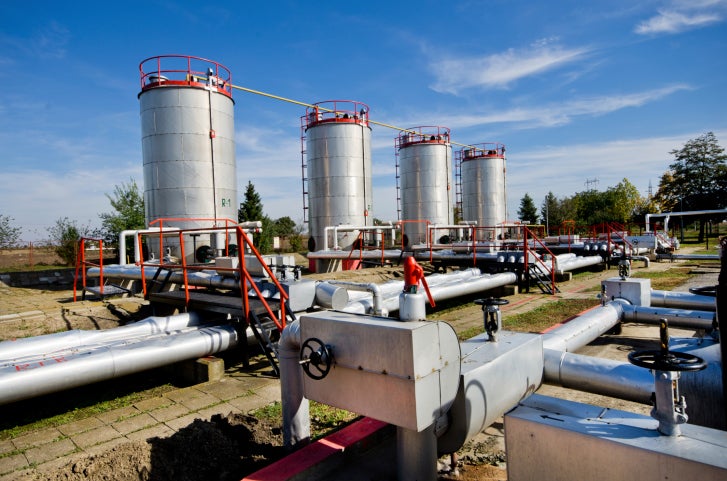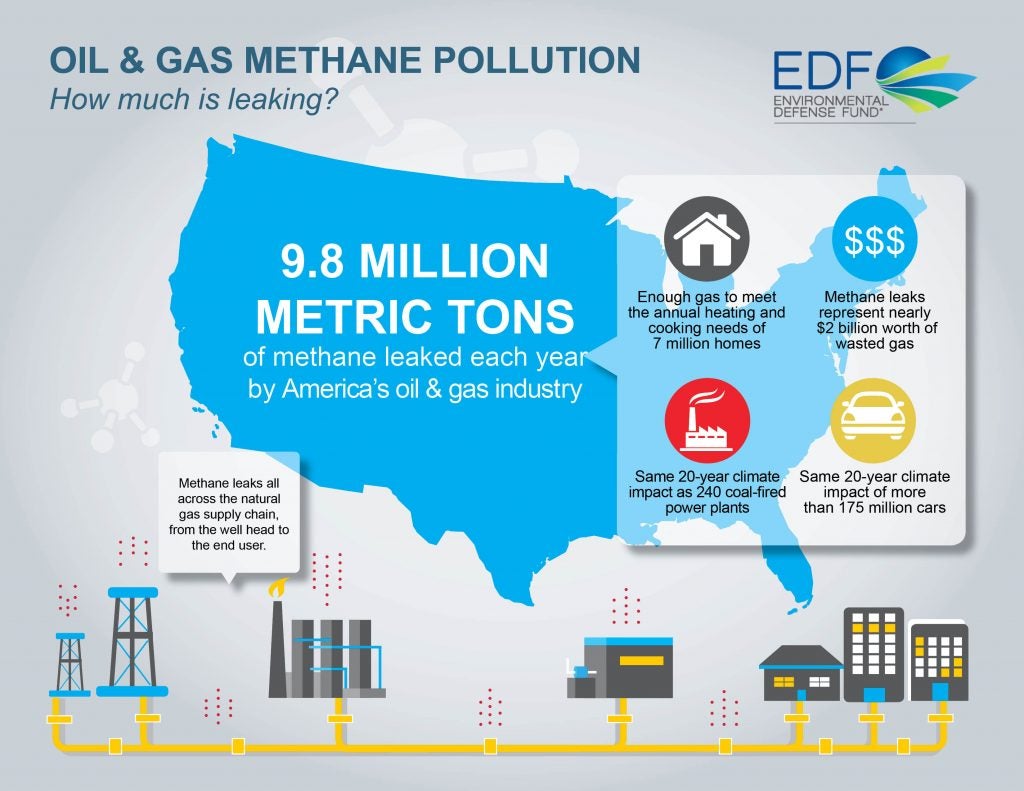In its draft 2017 GHG inventory, published this week, the EPA estimates methane emissions from the oil and gas industry were lower than their previous estimate in the 2016 inventory.
The vast majority of the decrease comes from methodological changes in how EPA does these estimates and does not represent actual reductions from improved industry practices. We expect to see fluctuation in EPA estimates in future inventories as the agency continues to revise their accounting methods; this inventory should not be viewed as the final answer. But, to see the actual trend in emissions, you should compare 2015 emissions to their updated estimate of 2014 emissions, not the estimate from last year’s inventory. EPA estimates a mere 2% reduction in actual emissions, largely attributable to reduced drilling activity and well completions, which is a result of lower oil and gas prices in 2015. This points to the importance of recently enacted regulations, like the EPA NSPS and BLM rule, to drive the much greater reductions needed to minimize waste and the climate impacts of oil and gas. Read More













